Mang lại cho trang trại hoặc doanh nghiệp của bạn một sức mạnh năng suất mới với tính năng tiên tiến đáng kinh ngạc. viên nang vỉ máy đóng gói có sẵn trên Alibaba.com. Các. viên nang vỉ máy đóng gói đi kèm với chiết khấu hấp dẫn và các phát minh và công nghệ tiên tiến kết hợp tất cả các thuộc tính mong muốn. Để đạt được hiệu quả này, chúng làm cho quy trình sản xuất thức ăn chăn nuôi trở nên dễ dàng và hiệu quả cao theo nhu cầu của bạn. Được sản xuất từ vật liệu bền và chắc chắn, viên nang vỉ máy đóng gói mang lại cho bạn tuổi thọ dài và hiệu suất chất lượng hàng đầu nhất quán trong một thời gian dài.
Điều đáng chú ý. viên nang vỉ máy đóng gói có nhiều mẫu và thiết kế khác nhau xem xét các nhu cầu cá nhân và tập thể khác nhau. Hiệu suất cao cấp của họ được đảm bảo bởi sự nổi tiếng. nhà cung cấp và nhà phân phối viên nang vỉ máy đóng gói trên Alibaba.com. Các thiết kế và phát triển của họ kết hợp các cơ chế tiết kiệm chi phí bằng cách đảm bảo rằng chúng vẫn hoạt động hiệu quả ngay cả khi tiêu thụ điện năng thấp. Tận dụng các khác nhau. viên nang vỉ máy đóng gói mô hình và kích thước bằng cách chọn những mô hình và kích thước phù hợp với yêu cầu của bạn.
Do chi phí chuyển đổi thấp, viên nang vỉ máy đóng gói cung cấp giá trị tối đa cho số tiền. Điều này còn được bổ sung bởi chi phí vận hành thấp của họ, bao gồm cả phụ tùng sẵn có và chi phí sửa chữa hợp lý. Các. viên nang vỉ máy đóng gói cũng dễ vận hành và duy trì trong điều kiện hoạt động tối ưu của chúng. Tất cả. viên nang vỉ máy đóng gói các nhà sản xuất và người bán trên trang web này cung cấp cho họ các nguyên tắc người dùng của họ để hướng dẫn bạn tận dụng tối đa chúng mà vẫn duy trì sự an toàn.
Hãy quyết định ngay hôm nay và mua đúng máy cho trang trại hoặc doanh nghiệp của bạn. Tối đa hóa những điều không thể cưỡng lại. viên nang vỉ máy đóng gói trên Alibaba.com và tận hưởng chất lượng. Bạn có thể yêu cầu các sản phẩm tùy chỉnh liên quan đến logo và bản in. Tìm kiếm phù hợp. viên nang vỉ máy đóng gói trên trang web và chuyển năng suất của bạn lên cấp độ tiếp theo.





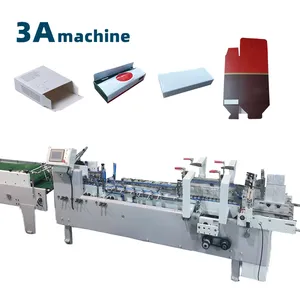




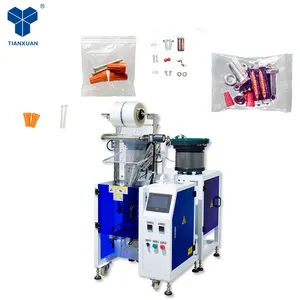




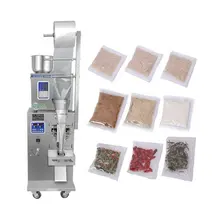








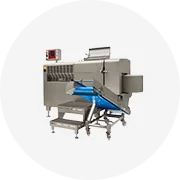






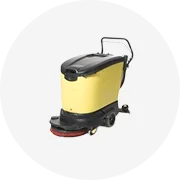


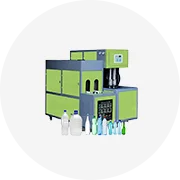
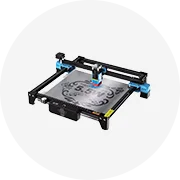

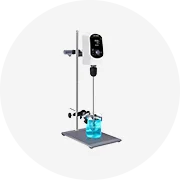
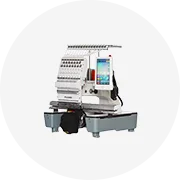









 浙公网安备 33010002000092号
浙公网安备 33010002000092号 浙B2-20120091-4
浙B2-20120091-4